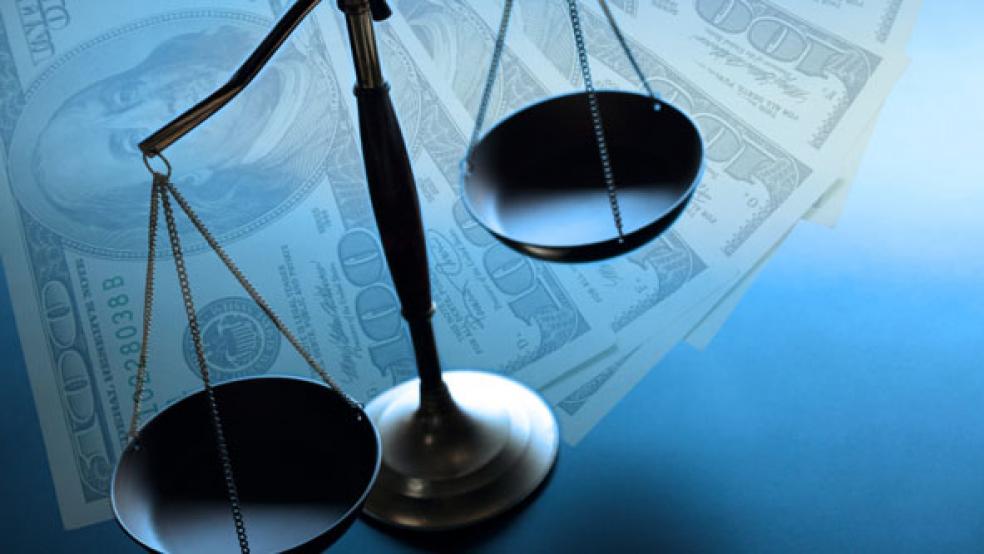The federal government will start spending $1 trillion more than it raises in taxes in 2019, and the deficit is expected to remain above that level for the foreseeable future. It’s widely agreed that the Republican tax cuts will boost economic growth to some degree, but even the most optimistic projections don’t show the tax cuts creating enough new revenue to balance the budget.
That raises an interesting question: Just how fast would the economy have to grow to pay off not just the additional deficit created by the tax cuts, but also bring the federal budget into balance?
The deficit hawks at the Committee for a Responsible Federal Budget examined the issue, and concluded that the economy would have to grow 4.8 percent a year over the next 10 years in order to balance the budget. And if the temporary individual tax cuts are made permanent, as Republicans have vowed to do, the economy would need to grow at a whopping 5.9 percent annual rate to generate enough revenue to fill in the deficit hole.
Virtually all current growth projections fall well below those levels. CRFB notes that even the smaller of the growth estimates would be “nearly unprecedented for a ten-year period since World War II, and would be nearly two and a half times the average growth that the Congressional Budget Office (CBO) projects for that period.”
Of course, not everyone agrees on the necessity or even desirability of balancing the budget. But very few experts, regardless of their politics, have embraced the idea of permanent trillion-dollar deficits, especially as we enter a period of rising interest rates. If CRFB’s projections are right, it looks like we’ll need more than economic growth to close the deficit gap in the coming years.




